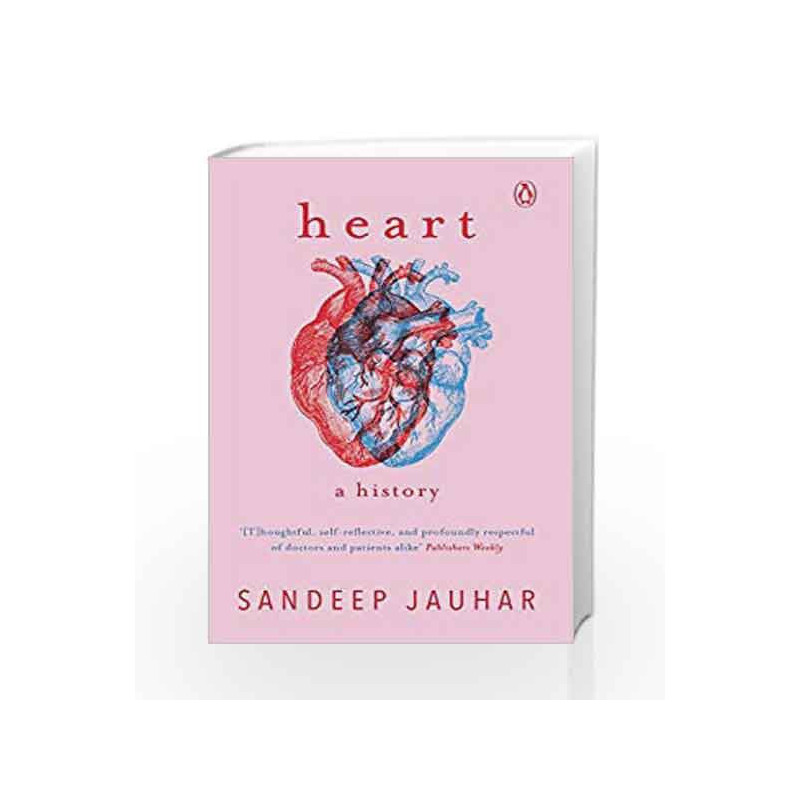
And Jauhar’s book is a neatly paved road that makes for an enjoyable journey through this wilderness.The bestselling author of Intern and Doctored tells the story of the thing that makes us tickįor centuries, the human heart seemed beyond our understanding: an inscrutable shuddering mass that was somehow the driver of emotion and the seat of the soul.

Society is indebted to so many dedicated clinicians who had the courage (and audacity) to probe further and deeper to unlock the mysteries of the heart. Walton Lillehei as saying: "You don’t venture into a wilderness expecting to find a paved road". Jauhar quotes pioneering cardiac surgeon C. Historians believe that Mines, who discovered the electrophysiology phenomenon 're-entry', died while exploring the 'vulnerable period' for arrhythmias in a healthy heart.īesides tracing the giant steps taken by clinicians and researchers to replicate the heart's function (the development of the heart-lung machine and the defibrillator), Heart also considers intertwined issues like medical paternalism, autonomy and consent. And some, like George Mines, paid the ultimate sacrifice as a result of self-experimentation. Those who dared to question the working of the heart risked their reputations and even their lives for disrespecting or challenging its sanctity. Jauhar also charts medics' understanding of the heart as a pump, noting that, historically, cultural fallacies limited progress. These provide a helpful refresher on the heart’s anatomy and physiology.

His chapters (named to describe the heart’s function in lay terms, including 'dynamo', 'pipes' and 'wires') cleverly dissect the organ into its basic parts.

Jauhar gives the backstory to eponyms (like Osler and Billroth), and shares his own clinical experiences to complement the theory. Heart will inevitably trigger memories of years spent in medical school laboratories and lecture theatres, as well as the patients you have met over the years. And Jauhar considers the two against a backdrop of personal stories 'of the heart'.

Understandably, therefore, the book is a mix of science (including fascinating facts - heparin was discovered in the brains of salamanders, and "from birth until death, beats nearly three billion times") and philosophy ("if the heart bestows life and death, it also instigates metaphor"). The cardiologist chronicles medicine’s quest to understand how the heart works (and how to fix it when it is 'broken'), while considering how we "can most wisely live with - as well as by – our hearts". HEART is the story of what Sandeep Jauhar describes as the engine of life. Review by Dr Greg Dollman, medical adviser, MDDUS Oneworld Publications, paperback, £9.99, 2019


 0 kommentar(er)
0 kommentar(er)
